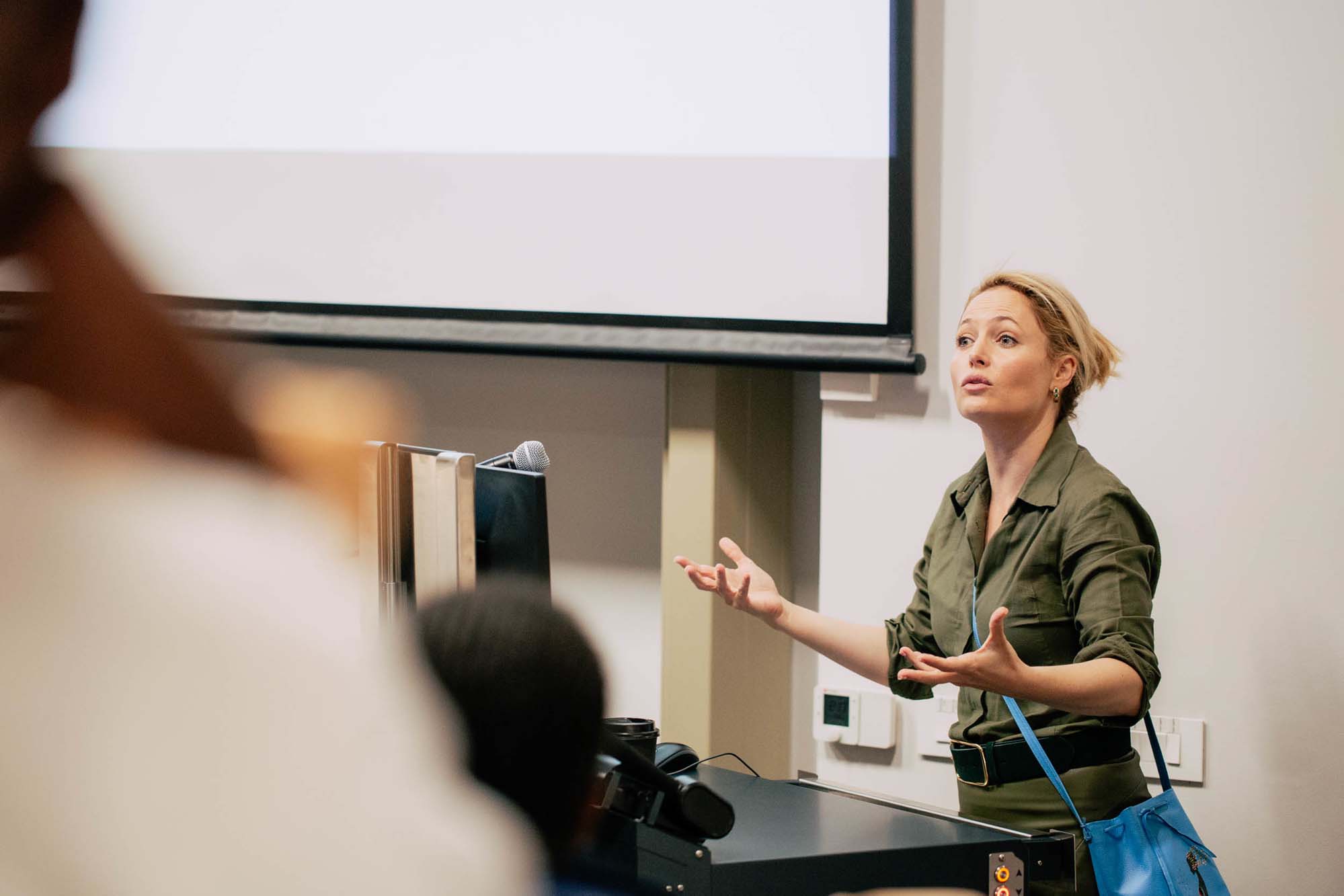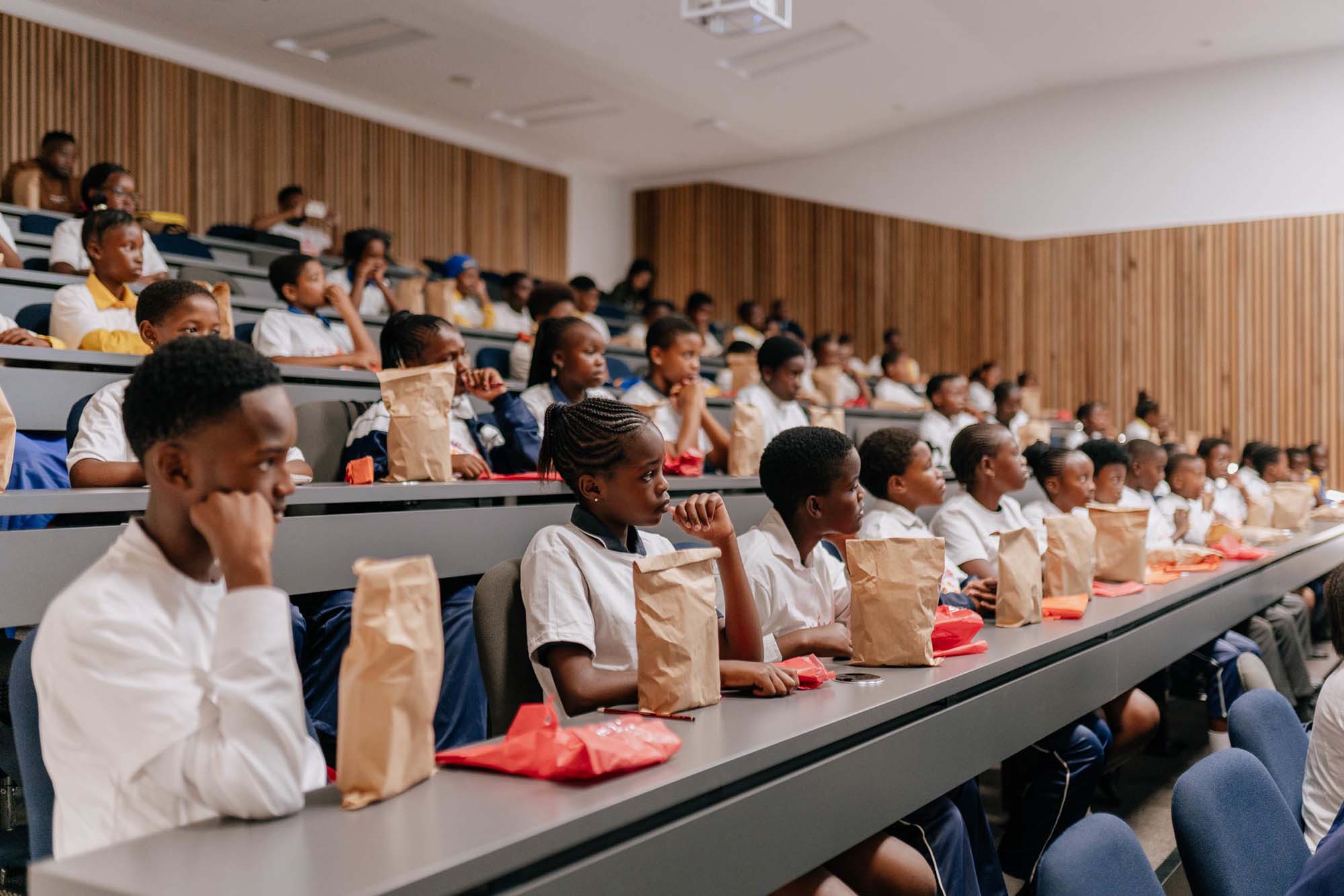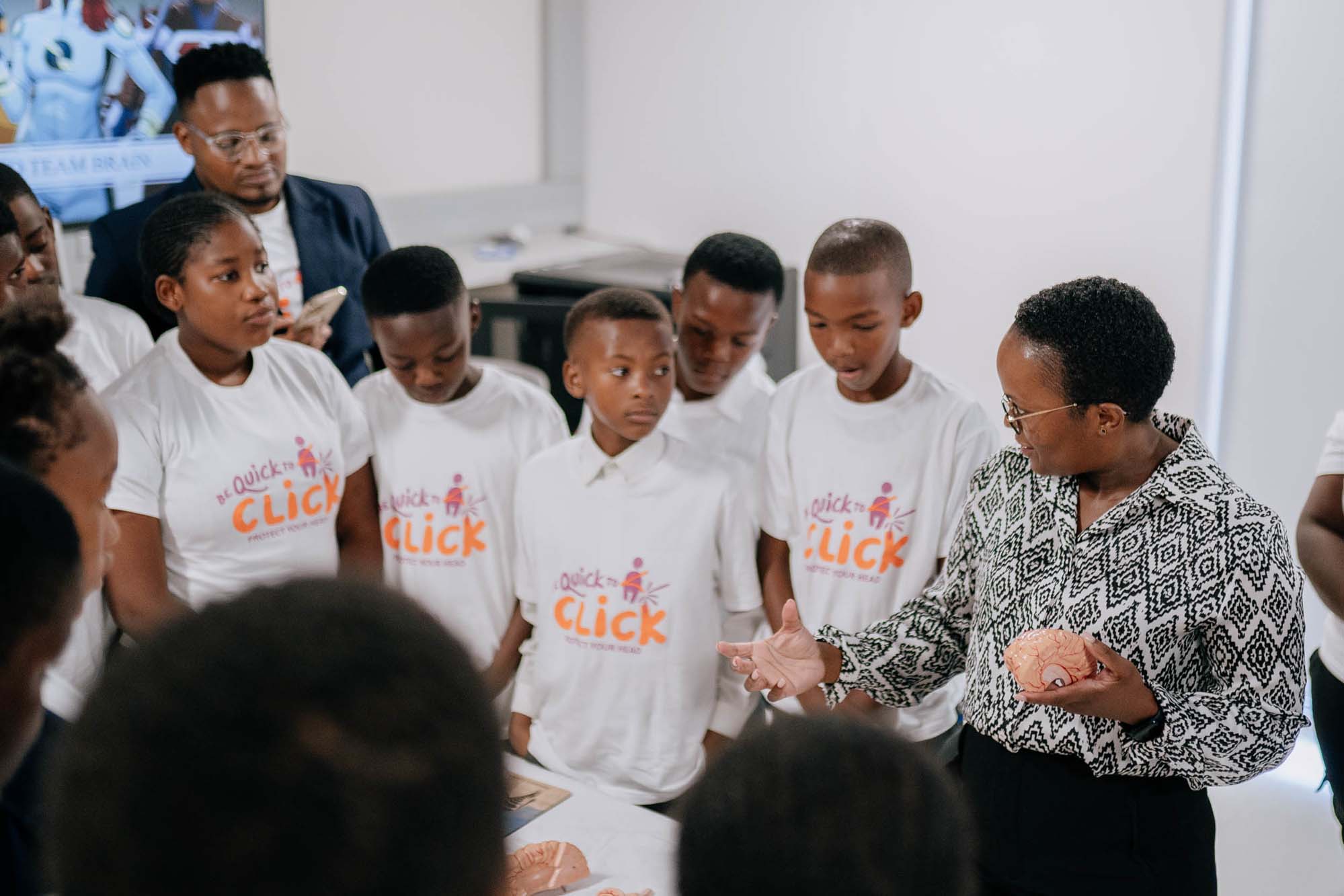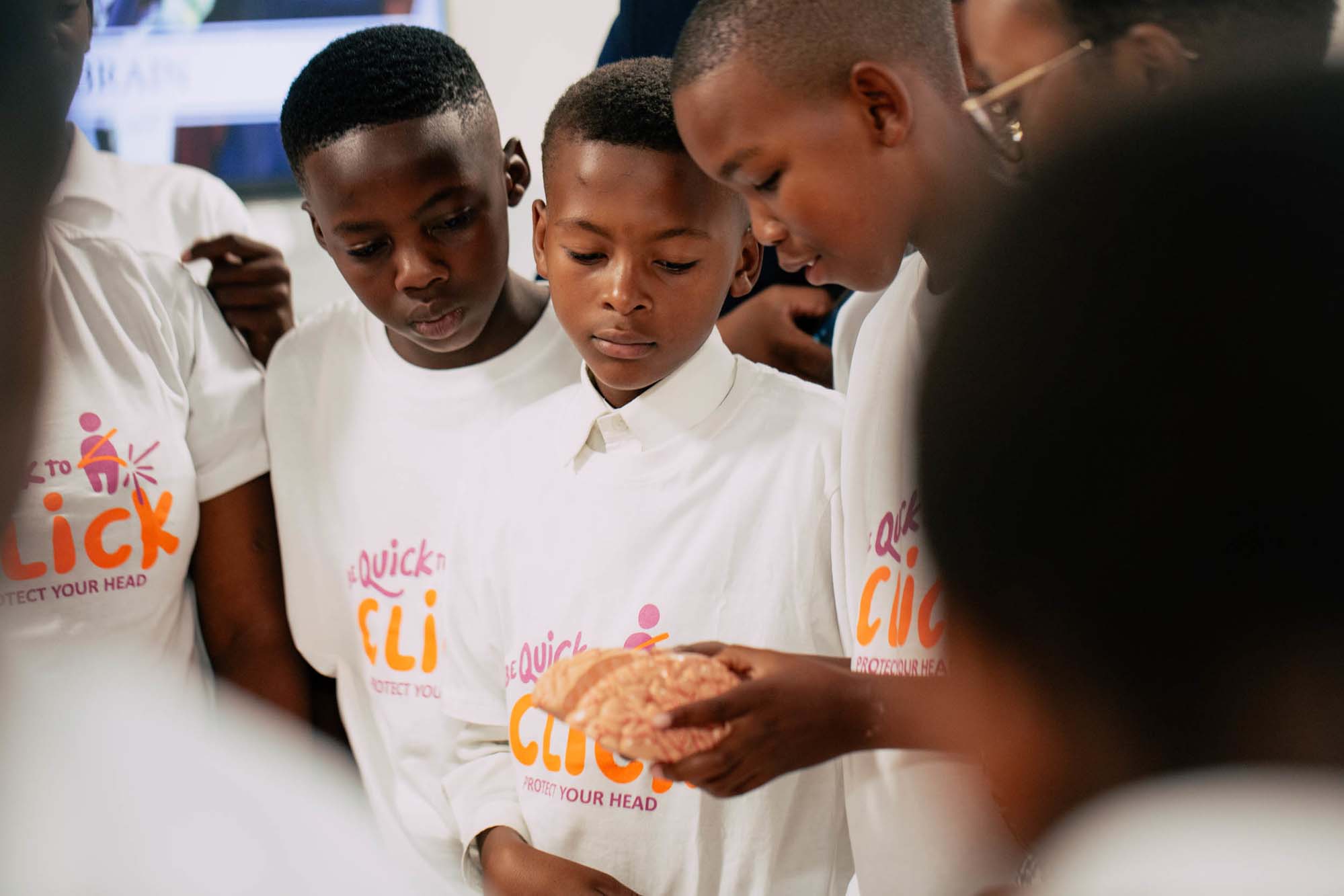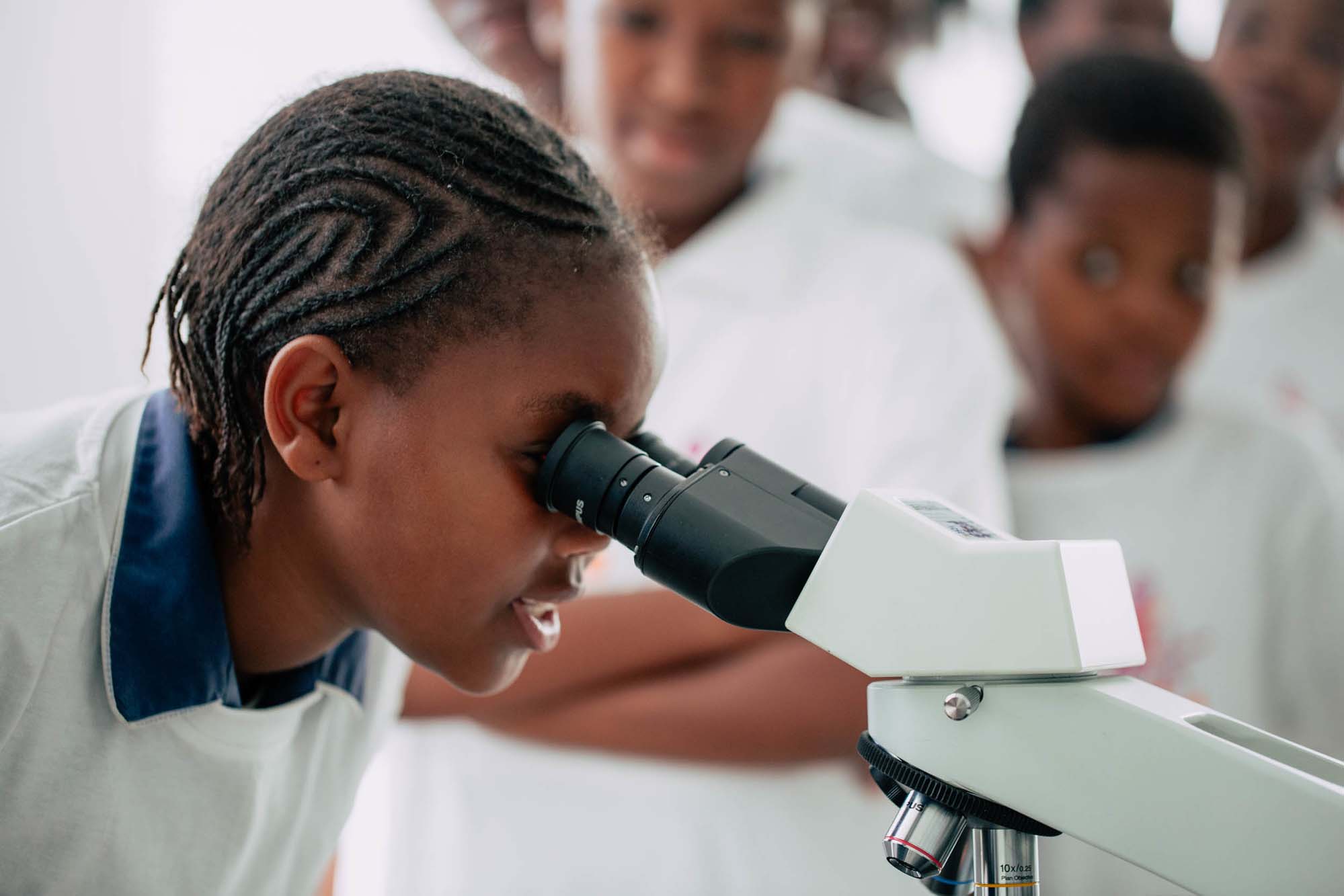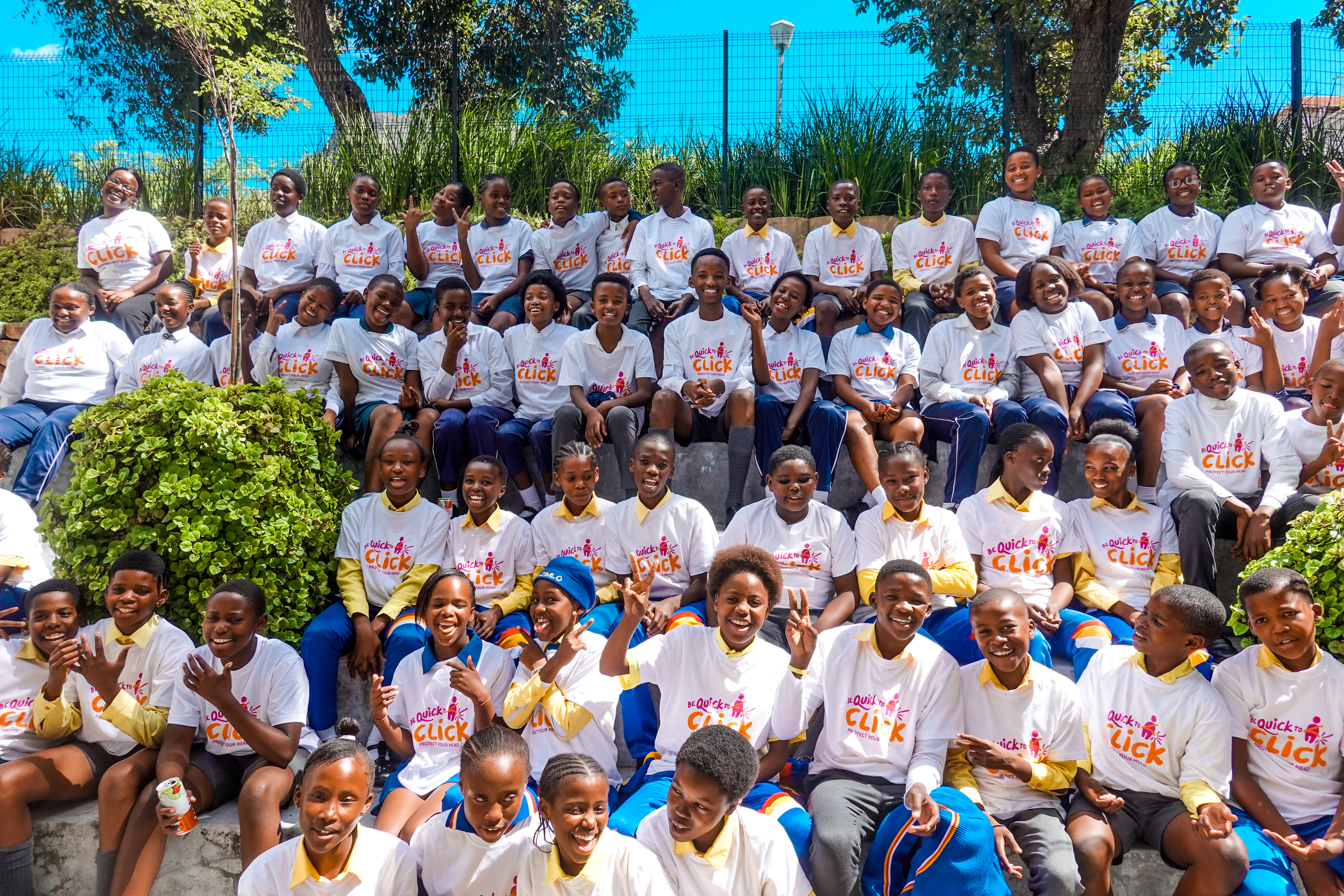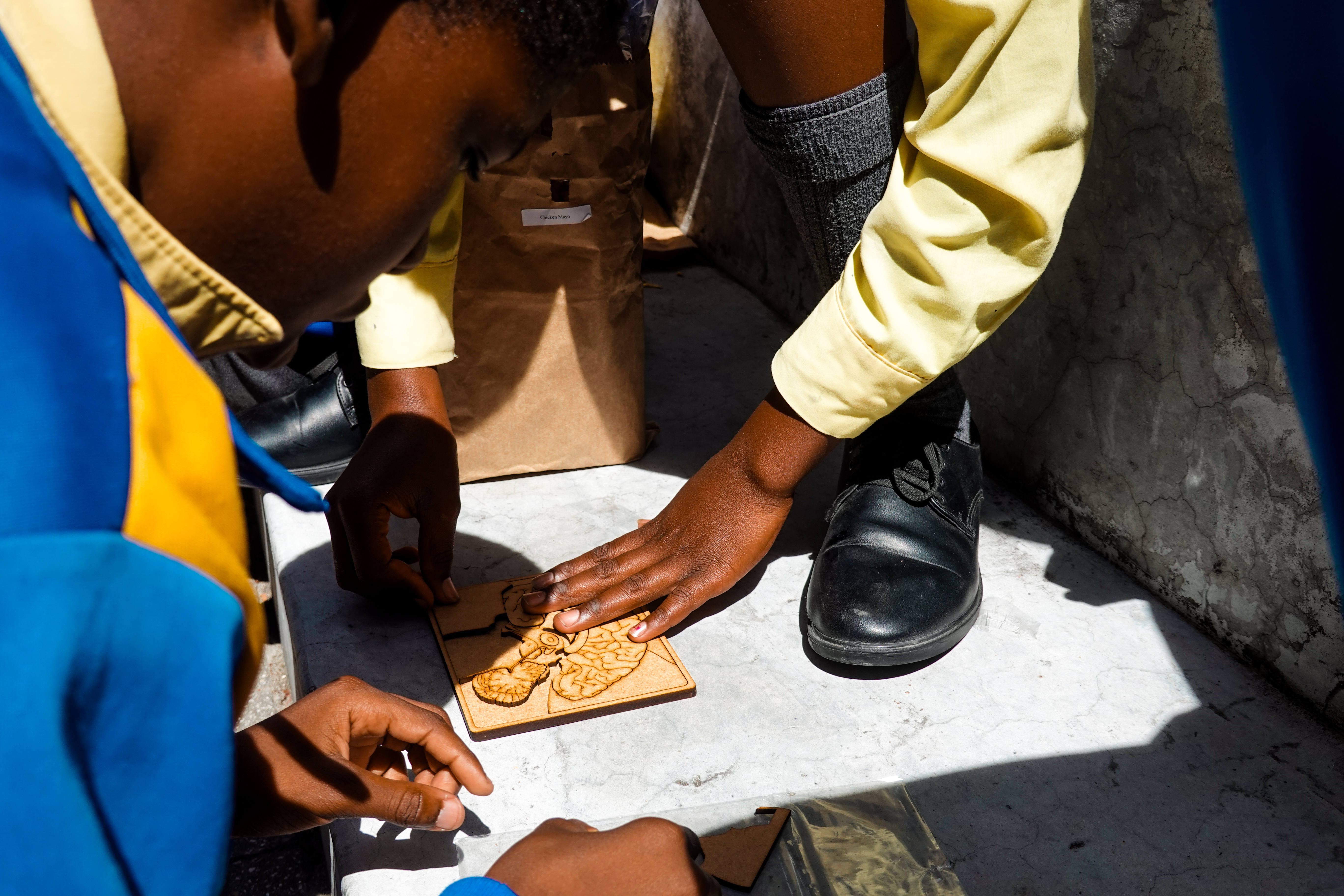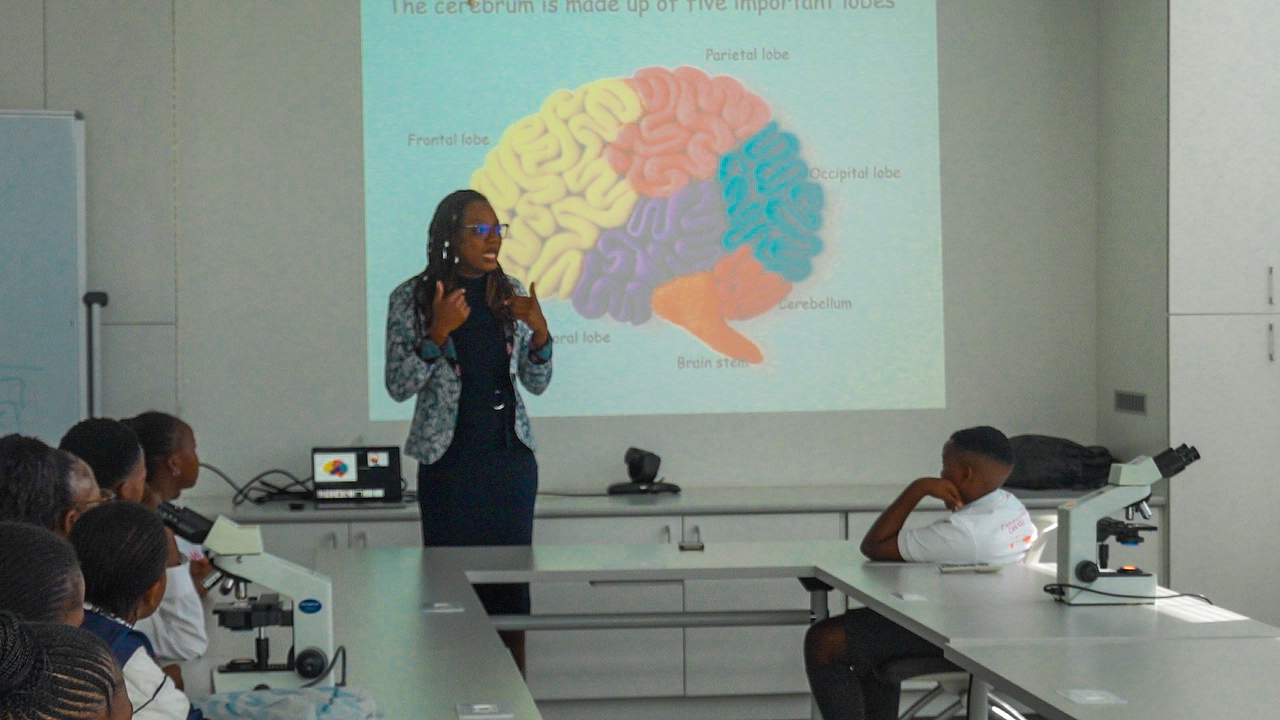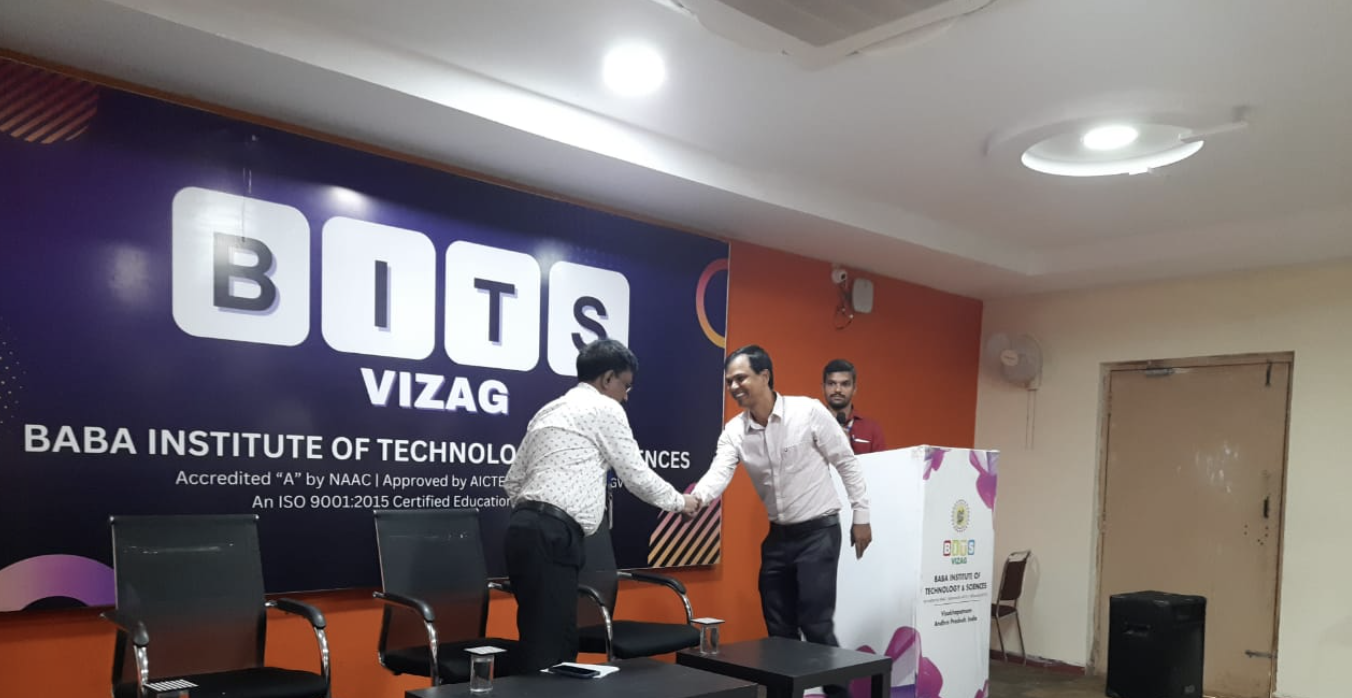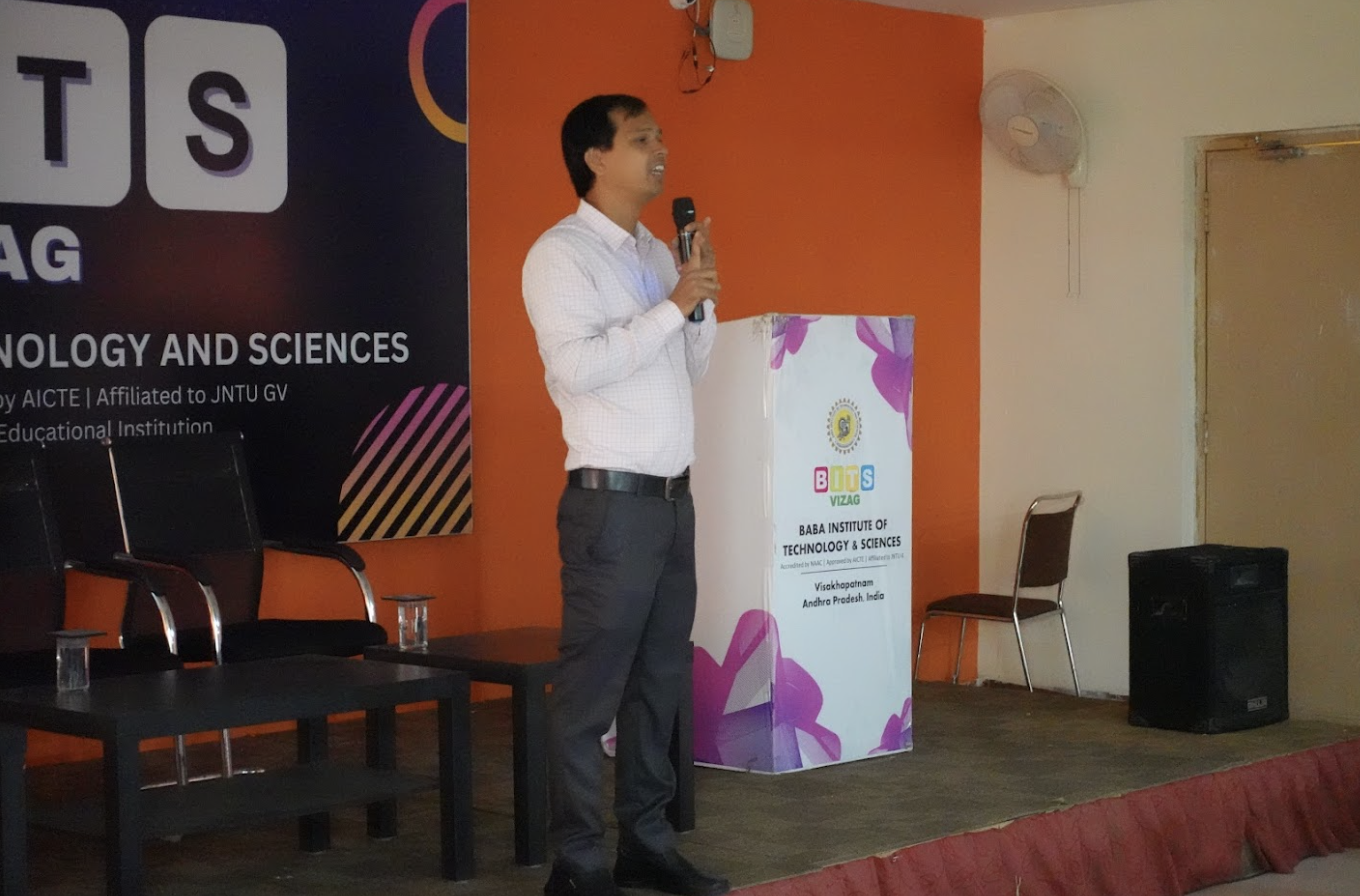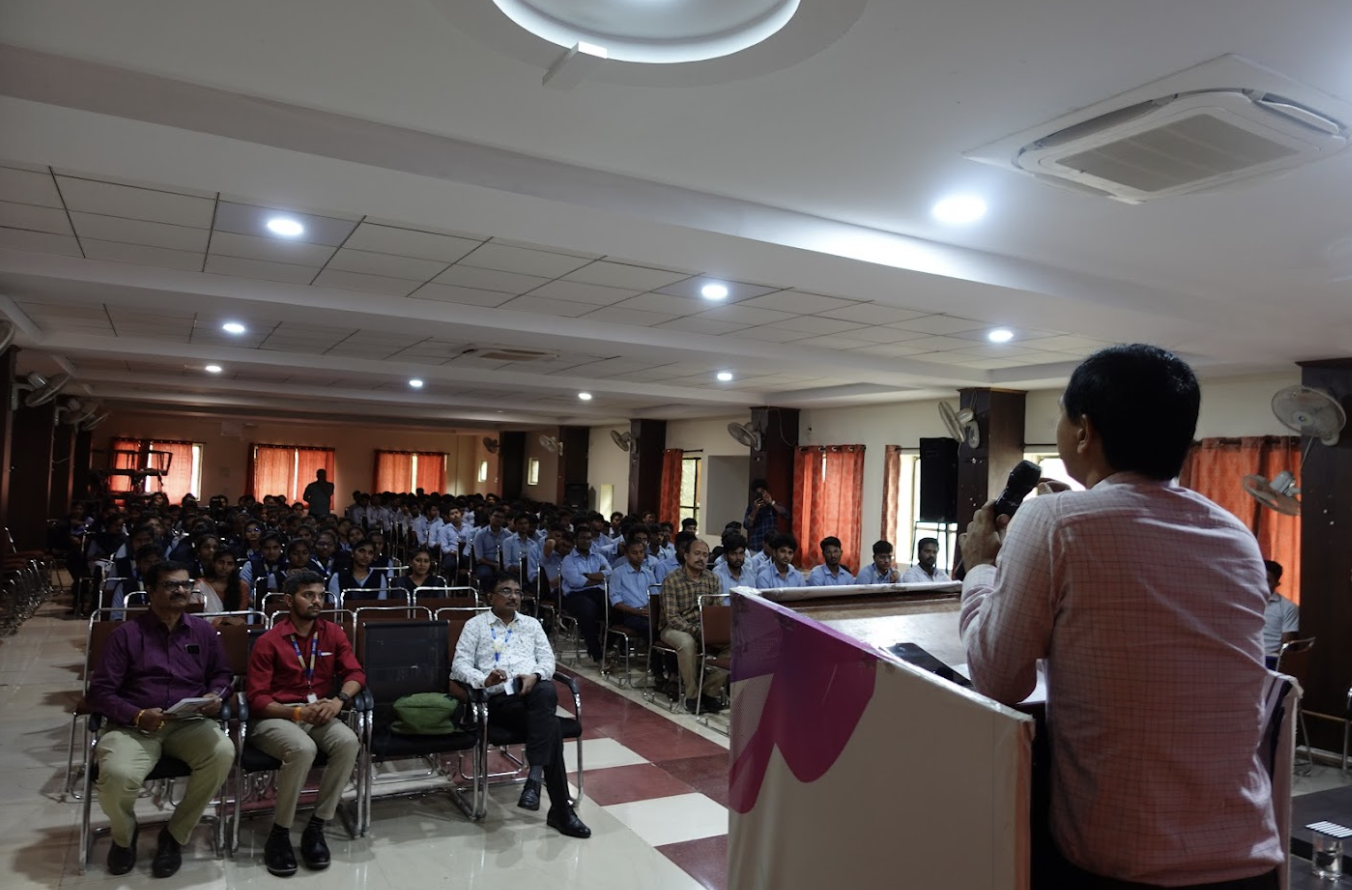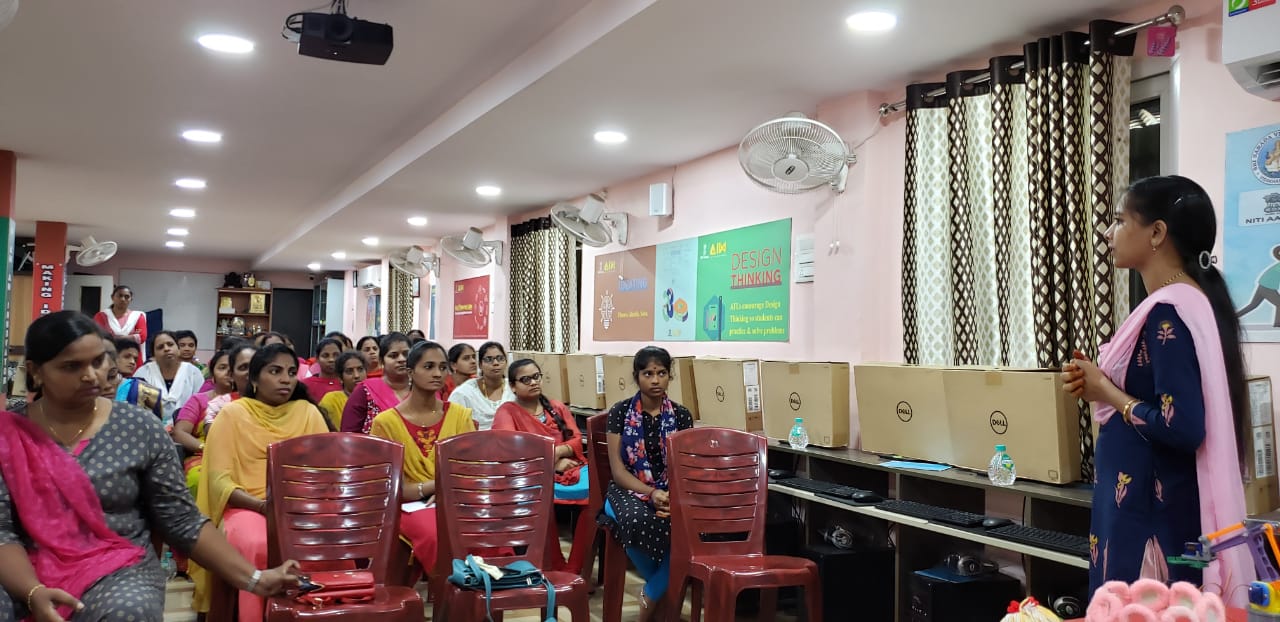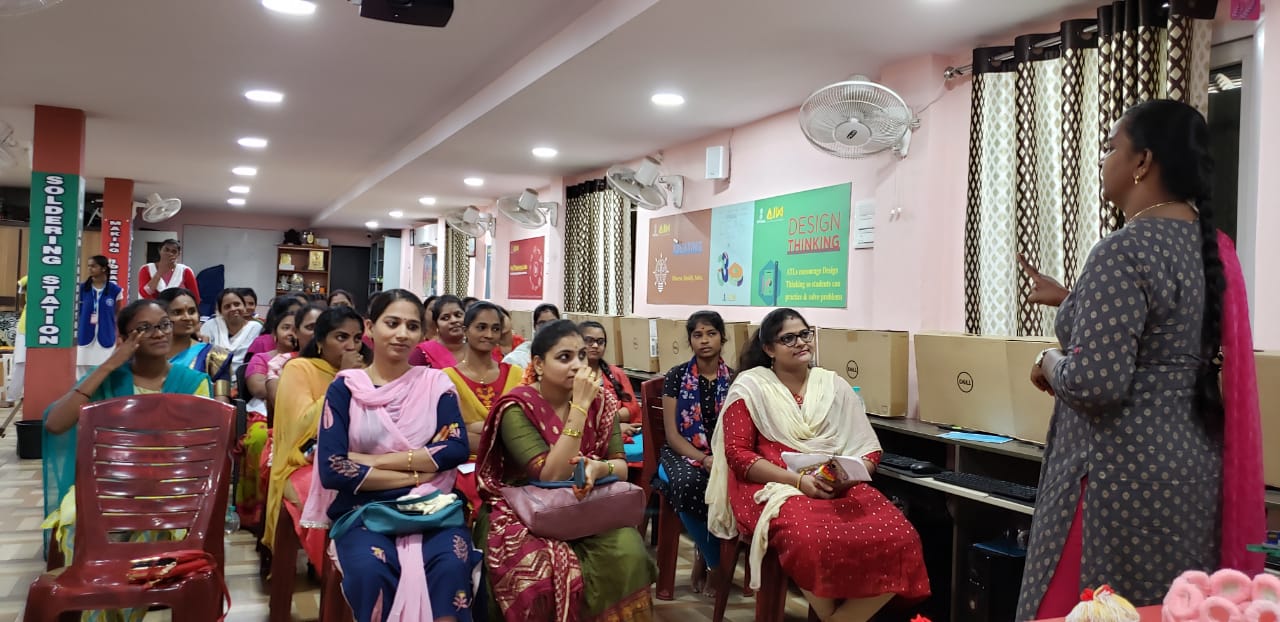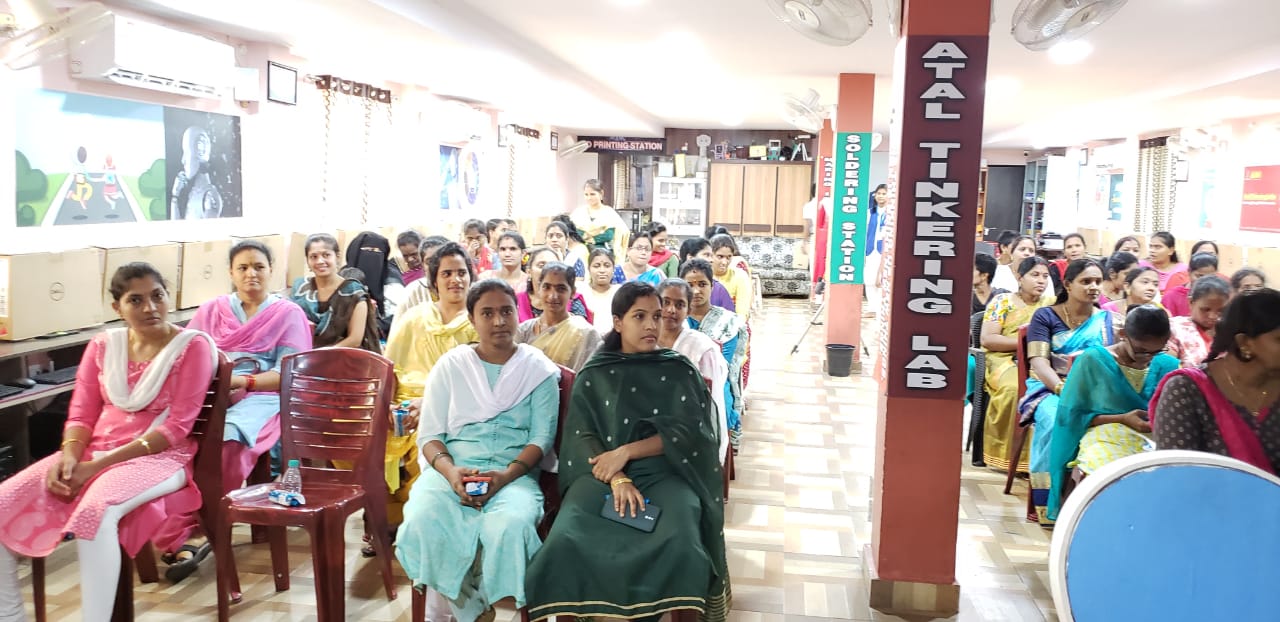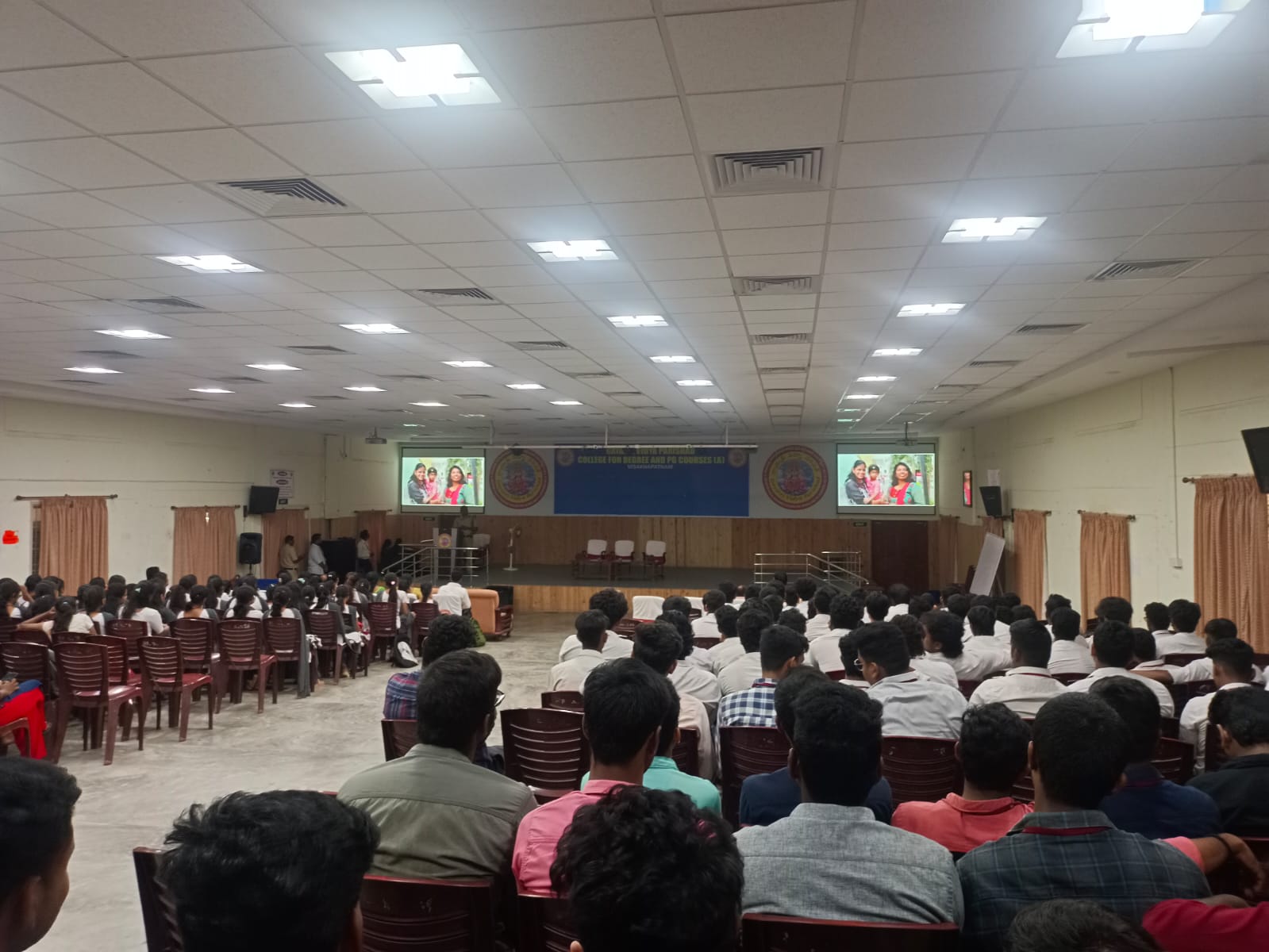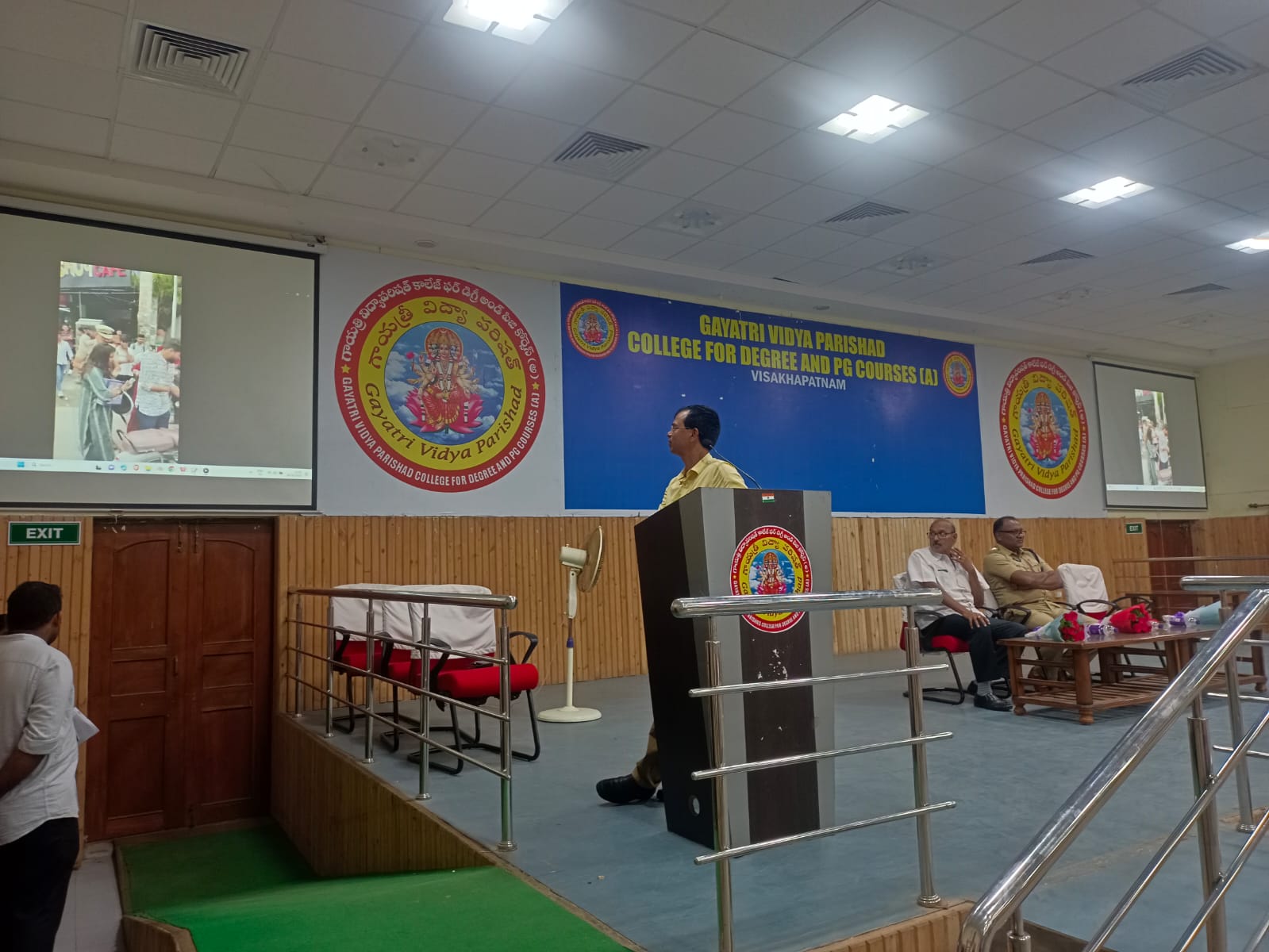Community Engagement and Involvement (CEI)
‘the process of working collaboratively with groups of people who are affiliated by geographic proximity, special interests, or similar situations, with respect to issues affecting their well-being’. (1, p. 9)
Vision:
That all global neurosurgical research is undertaken in collaboration with the communities who are most likely to be affected by the research outcomes.
Aim:
To foster inclusive and community-driven ABSI research by establishing collaborative partnerships with communities and facilitate their involvement in all stages of the research process.
Objectives:
• Create sustainable ABSI research partnerships with local communities
• Ensure CEI activities are inclusive, respect diversity and promote equitable participation.
• Promote collaboration, co-design, and knowledge exchange
A short video on why CEI is so important to ABSI research
Community Involvement
We aim to build on our experience and increase our level of community involvement over time.
Increasing levels of community involvement*
1. Outreach
2. Consult
3. Involve
4. Collaborate
5. Shared leadership
*McCloskey DJ, McDonald MA, Cook J. Chapter 1 community engagement: definitions and organizing concepts from the literature. principles of community engagement In:. Principles of Community Engagement, 2nd ed. Bethesda, Maryland: National Institutes of Health, 2011: 3–41. https://www.atsdr.cdc.gov/communityengagement/pce_intro.html
Community Engagement
We aim to achieve Unicef’s minimum quality standards of community engagement in ABSI community engagement initiatives.
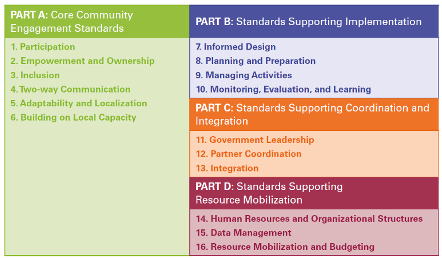
Our CEI activities
| Brain Awareness Week 2024 University of Cape Town, South Africa Authors: Devin Van De Laar, Assoc. Prof. Ursula Rohlwink, Prof. Tony Figaji |
|---|
| This year we welcomed 60 learners from two schools in Khayelitsha and had a great program lined up for them. The African Brain Child Initiative has been running this annual event since 2019 - in addition to inspiring the next generation of neuroscientists we aim to educate school learners on how they can maximise their brain health. This covers various topics including mental health, good sleep hygiene, and most importantly road traffic safety. At Red Cross War Memorial Children’s Hospital we see almost 2000 cases of suspected traumatic brain injury every year, only 4% of those children with a severe head injury who were passengers in a car accident were wearing seatbelts. This leads to devastating outcomes in children, that are easily preventable, so we are particularly focused on educating the community about the importance of wearing seatbelts. Last year we launched a public health campaign – Be Quick to Click- during transport month to disseminate this message through television, radio and various other media outlets. This year the Be Quick to Click message will be an important part of the Brain Awareness Week event. The event was a great success! The learners delighted in the talks and demonstrations they received on the brain and the teachers spoke to how enriching they found the content was (especially as road safety is not covered as part of the school curriculum). |
| TBI Pilot Project / Rotary Club (project update) Baba Institute of Technology and Sciences Authors: Mr. Anil Kumar |
|---|
| On November 20, 2023, an impactful awareness program addressing Head Injury and Pillion Riders' Helmet Usage unfolded at Baba Institute of Technology and Sciences. Principal Prof. Dr. M. Govindaraj engaged with approximately 250 second-year engineering students, underscoring the critical importance of donning helmets. Through poignant real-life narratives of accidents, Dr. Govindaraj conveyed a powerful message. His personal account of recovering from an injury added a relatable dimension, shedding light on the imperative need for road safety. Mr. K. Anil Kumar, representing the TBI Pilot Project in Visakhapatnam, played a significant role in the program. He not only addressed the students but also interacted with them, elucidating insights on preventing head injuries and explaining the Good Samaritan law. His efforts aimed to foster understanding and active participation, particularly in promoting the usage of helmets among pillion riders. |
| TBI Pilot Project / Rotary Club King George Hospital / Andhra Medical College, Visakhapatnam, Andhra Pradesh, India Authors: Madhu Narayna Rao (Alias Anil Kumar), Dr. M.V. Vijaya Sekhar, In-Charge, TBI Pilot Project / Rotary Club |
|---|
| Wearing a helmet is not just a matter of social responsibility, but it also reflects an attitude that should be ingrained in everyone's lives. Failure to uphold these two essential attributes, particularly in countries with a high prevalence of high-speed motor vehicle usage, can result in numerous tragic accidents. India is among the nations grappling with such challenges. To combat this issue, we have been diligently conducting awareness campaigns and hosting special lectures on head injury prevention and helmet usage. Our focus has been on increasing helmet usage among pillion riders and promoting safe driving practices, with the active participation of eminent personalities, at various levels such as colleges, communities, and societies. |

